As the title speaks for itself, a legal brief is an essential document for professionals related to court. The fact that must be kept in mind while writing a legal brief is that it should be accurate, to the point, and strictly error-free so that your document sounds convincing and facts based.
In this article, we will discuss how to write a practical, authentic, and error-free legal brief along with the UPDF PDF editor recommendation. This tool will smooth out the overall legal brief writing process as it stands out to be one of the most important documents presented in the court.
Windows • macOS • iOS • Android 100% secure
Part 1. What is a Legal Brief?
A legal brief is a document that represents the facts of any case the lawyer represents. The legal brief usually consists of the matter under consideration that is supported by facts and logic to help the case of the party for which the legal brief has been created. It is an important document that is presented in the court before the trial begins so that the context of your case is presented beforehand to court officials.
However, it is not as easy as it sounds, as one single mistake can make or break your case before the official trial begins. That is why it is crucial to understand the legal brief thoroughly, what to include, and how to compose a compelling legal brief.
Part 2. What to Include in a Legal Brief?
Follow the list mentioned below to compose a constructive legal brief that sounds authentic and supports the facts and arguments stated in the brief well:
- Case Name: As it is clear from the title, the legal brief should begin with the names of the person filing the case against the defendant, or in legal language, it is plaintiff vs. defendant.
- Names of Involved Parties: It is important to represent the parties involved' names vividly. Any mistake in the spelling or name is unacceptable, and if there are any, it weakens the case before it begins.
- Litigations' Current State: This section of the legal brief is meant to be included if applicable or demanded, such as the current state of the case, whether it is on trial or an appeal case. Also, the court level in which the case is represented, whether a state or federal court.
- Issue Being Addressed: It is another vital section of a legal brief that includes the issue being addressed and the reason for which parties filed the case.
- Related Facts: This section includes any important supported argument, fact, or figure to support the issue being addressed in the court. It would be best to add only relevant and significant facts and prioritize quality over quantity when working on this section.
- Applicable Rule of Law: In this section, you can address the applicable law according to the issue represented in the court, if any. In rare cases, the court can also administrate a new law depending on the nature of the case.
- Supporting Argument: In this section of the legal brief, you add a supporting argument to the facts you have given above while abiding by the rule of law passed by the court.
- Conclusions: To end the legal brief, add a conclusion by summarizing all the facts and arguments mentioned in composing a legal brief.
Part 3. How to Write a Legal Brief? What Software to Use to Make a Legal Brief?
Now that we have discussed what to include in a legal brief, it is equally important to understand how to write a legal brief. We will also discuss which software you should adopt to write a legal brief effectively. Below are some tips you should keep in mind while writing a compelling and fact-based legal brief that sounds authentic:
- Review the Case File
Before getting into the actual process of writing the brief, review the case file thoroughly to have an understanding of the nature of the case. It gives you an overview of the client's considerations regarding the case. Understanding and reading the case file entirely is essential so you don't miss any important factors.
- Compose the Brief Relevant to the Case
Before jumping into the actual process of writing a legal brief, understand the category of case you are applying for, whether it is an appeal brief or a trial brief. While writing an appeal brief, you must explain all the facts in detail. Also, make sure to contact the court to which the legal brief is being submitted to understand their format. The legal brief format is generally based on the type of motion for which you compose the brief.
- Mention the Facts of the Case
After making sure that you have thoroughly understood the factors mentioned above, you can start working on composing the legal brief. The facts of the case should be mentioned clearly and with accuracy, and only significant facts the argument can support should be mentioned. Such as the cause due to which the case is being filed with the statement of law and summarization of the complaint along with the name and relation of both parties.
- Survey the Law
It is essential to add the rule of law based on which you file a complaint in court. It should be the law or principle on which the court's decision should be based. The statement of the law should be stated in one line statement, and it should be clear and concise.
- Summarize your Argument
The legal brief should summarize the whole legal brief based on what and how you will argue. Make sure to include a fact-based argument and follow the structure advised by the court in which you are applying for the case.
As discussed in the article on what to include and how to write a perfect legal brief, we will also discuss an effective PDF editor, which will ease the task of editing, reviewing, and managing your legal brief. UPDF is the best PDF editor available in the market that offers all the features under one program and is an ideal solution for editing and annotating legal briefs on the go. Mentioned are some of the features which play a crucial role in managing and viewing a legal brief efficiently:
Windows • macOS • iOS • Android 100% secure
Add Bookmark to Your Extensive Legal Brief
Bookmarking a legal brief is a helpful feature that allows professionals to resume reading from where they left off. This feature saves time for legal brief professionals in case they are working on reading a large legal brief. They can bookmark specific pages, so later on, they can refer to those pages immediately. With UPDF, professionals can rename their bookmarks and delete them when they don't longer need those bookmarks.

Read your Legal Brief Efficiently
While reading a large PDF legal brief from the screen, reliable and efficient reading PDF software is required that provides an effortless reading experience. UPDF offers a solution by providing a feature in which you can adjust the layout of pages according to your screen and view multiple pages simultaneously. Furthermore, users can also adjust the mode of reading, such as dark mode, which provides a better reading experience and protects your eyes while working on the screen for a longer time.
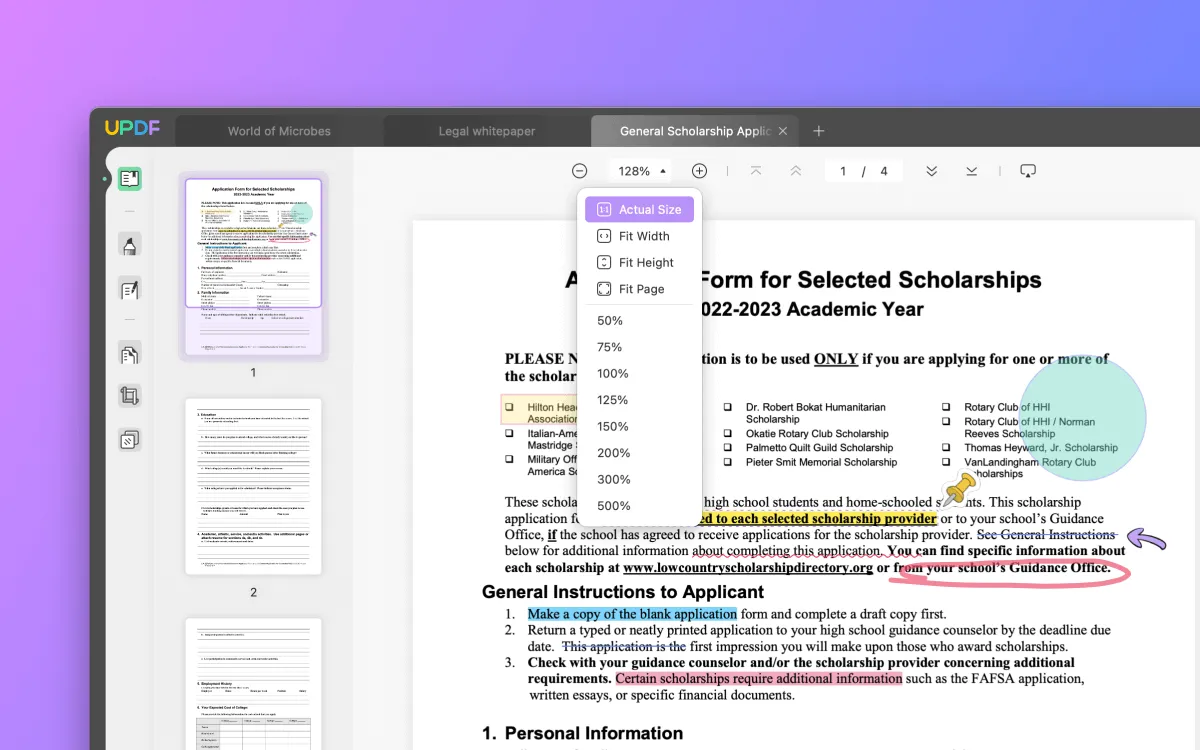
Annotate Legal Brief Robustly
To highlight some important facts or underline an important argument in a legal brief, UPDF offers the annotation feature by which you can add comments, highlight the essential points, and strikethrough unimportant text in the legal brief. Using sticky notes, users can add additional detail to a legal brief so that when they refer to a legal brief, the detail remains safe and intact.
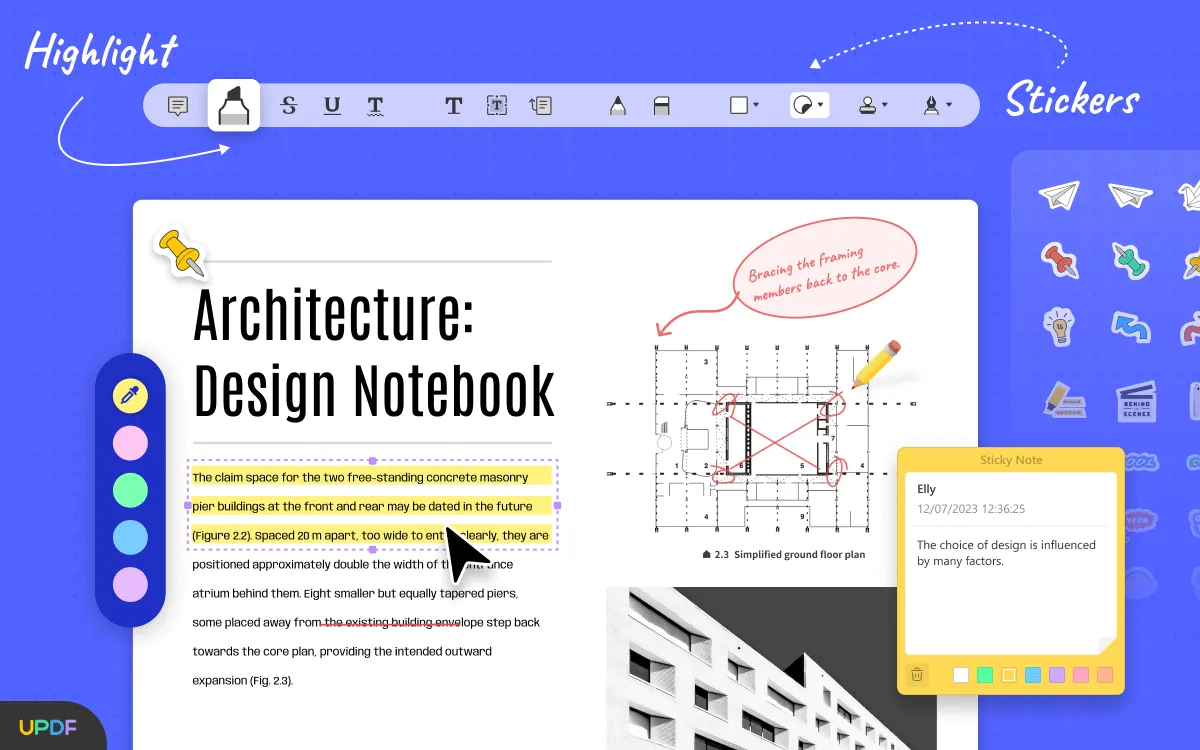
Edit Legal Brief at the Last Minute
If you want to edit your legal brief PDF document at the last minute, UPDF is your solution. It offers the feature of editing text and links in your PDF document, such as you can add new text or delete or replace the existing text. Besides this, users can also add supporting links or rich text to legal documents, such as any supporting material or relevant cases from the internet.
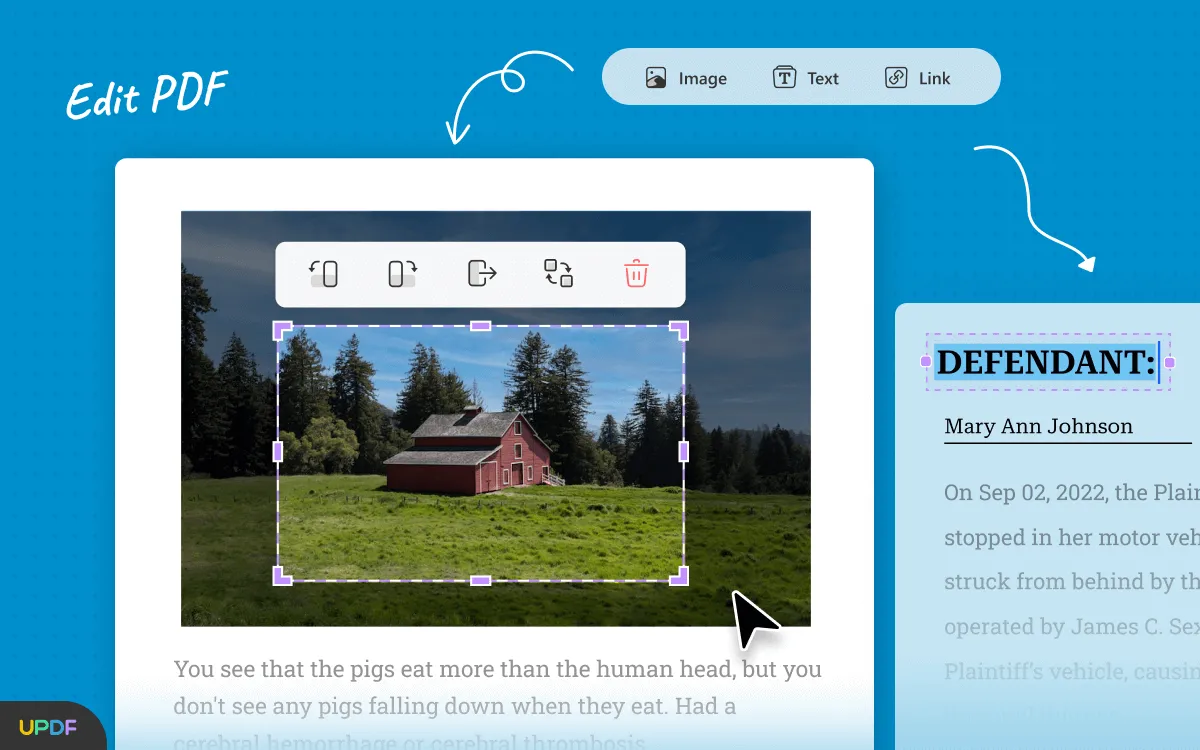
Convert Scanned PDF Legal Brief into Editable Format
In most cases, after converting your legal brief into a scanned document, you are required to edit or make changes to the file. However, the scanned document can only be edited if you convert it into an editable file. For the rescue, UPDF offers an effortless solution of scanned PDF conversion into an editable document using the OCR feature. After converting your file into a selected output format, you can easily edit and search text in the legal brief.
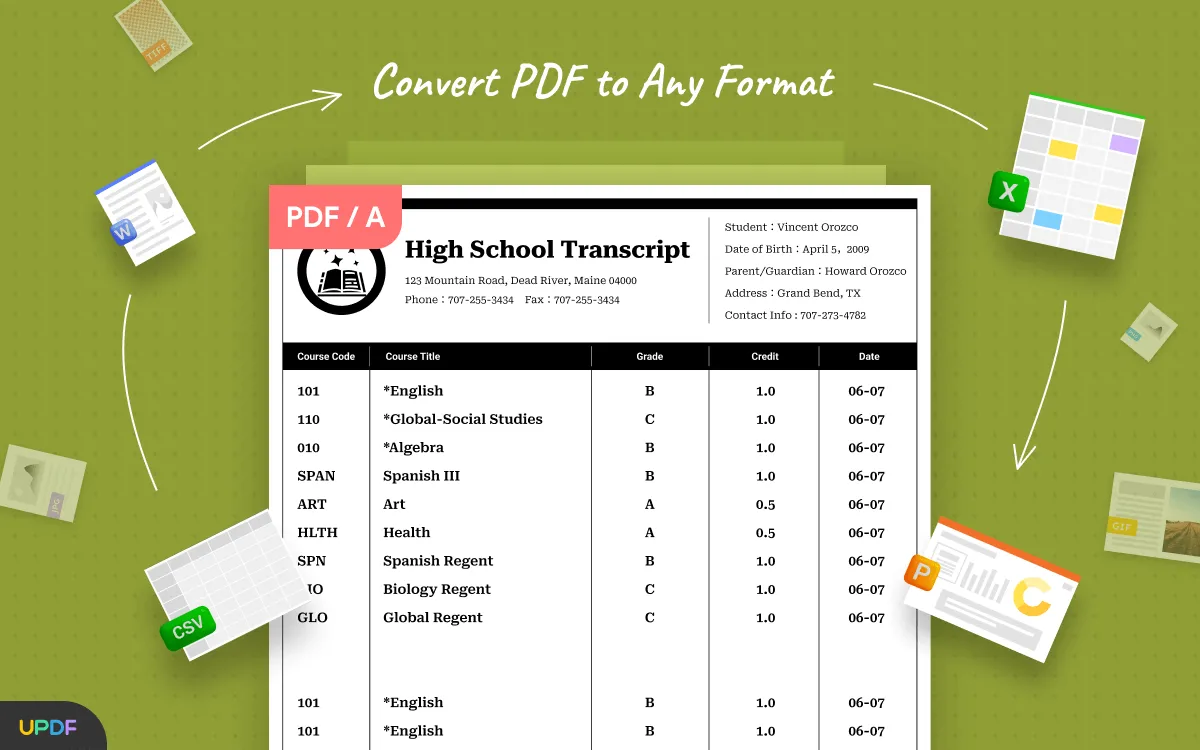
Add a Password to your Legal Briefs
UPDF also allows users to add passwords to important PDF documents such as legal briefs. It offers the feature to add "Open Password" to PDF so that only an authorized person can open the file. Besides this, it also provides the feature of adding a "Permission Password" to PDF documents which restricts the viewer from printing, editing, and copying the data in the legal brief until they add a password.
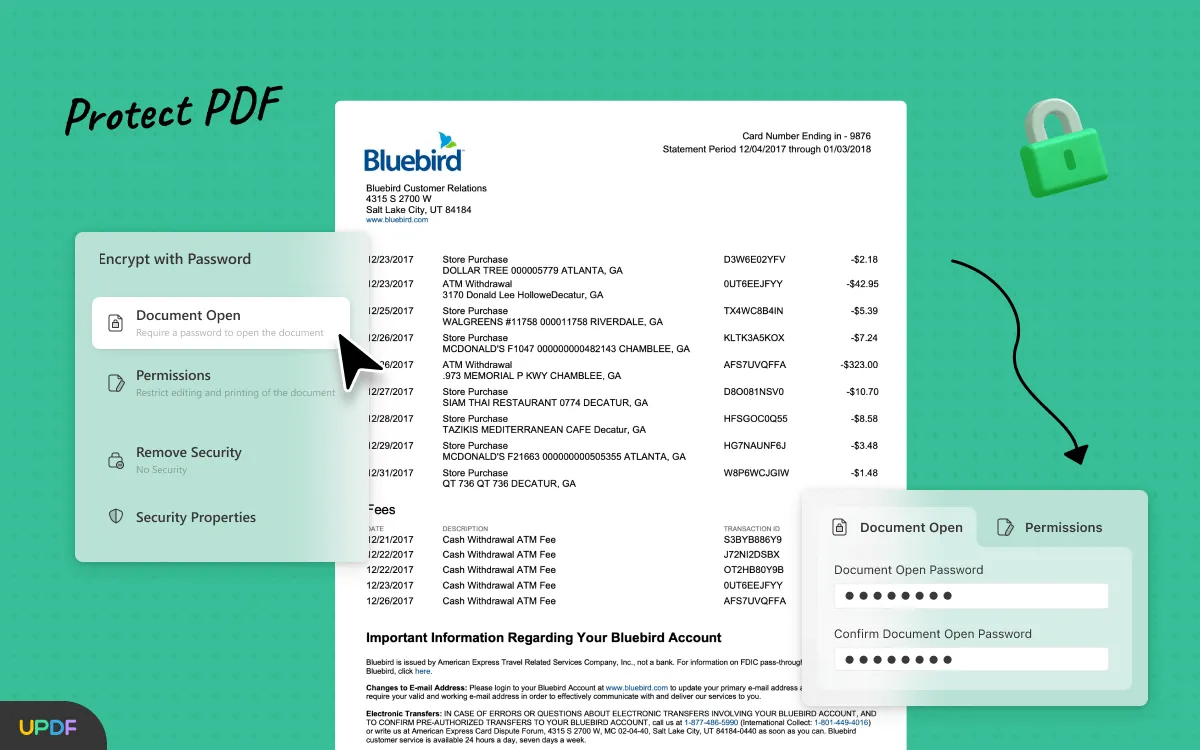
Video Tutorial on How UPDF Makes Legal Documents Stand Out
Conclusion
Lawyers are expected to write hundreds and thousands of legal briefs throughout their careers, and for each case, they have to carve out a new legal brief. However, as much as you master a skill, the possibility of human error is always there. But UPDF offers a seamless solution to edit, password protect, review and convert legal briefs at the last minute without hassle. To experience the seamless process of applying any procedure on your document, download UPDF today and boost your legal brief writing experience.
Windows • macOS • iOS • Android 100% secure
 UPDF
UPDF
 UPDF for Windows
UPDF for Windows UPDF for Mac
UPDF for Mac UPDF for iPhone/iPad
UPDF for iPhone/iPad UPDF for Android
UPDF for Android UPDF AI Online
UPDF AI Online UPDF Sign
UPDF Sign Read PDF
Read PDF Annotate PDF
Annotate PDF Edit PDF
Edit PDF Convert PDF
Convert PDF Create PDF
Create PDF Compress PDF
Compress PDF Organize PDF
Organize PDF Merge PDF
Merge PDF Split PDF
Split PDF Crop PDF
Crop PDF Delete PDF pages
Delete PDF pages Rotate PDF
Rotate PDF Sign PDF
Sign PDF PDF Form
PDF Form Compare PDFs
Compare PDFs Protect PDF
Protect PDF Print PDF
Print PDF Batch Process
Batch Process OCR
OCR UPDF Cloud
UPDF Cloud About UPDF AI
About UPDF AI UPDF AI Solutions
UPDF AI Solutions FAQ about UPDF AI
FAQ about UPDF AI Summarize PDF
Summarize PDF Translate PDF
Translate PDF Explain PDF
Explain PDF Chat with PDF
Chat with PDF Chat with image
Chat with image PDF to Mind Map
PDF to Mind Map Chat with AI
Chat with AI User Guide
User Guide Tech Spec
Tech Spec Updates
Updates FAQs
FAQs UPDF Tricks
UPDF Tricks Blog
Blog Newsroom
Newsroom UPDF Reviews
UPDF Reviews Download Center
Download Center Contact Us
Contact Us







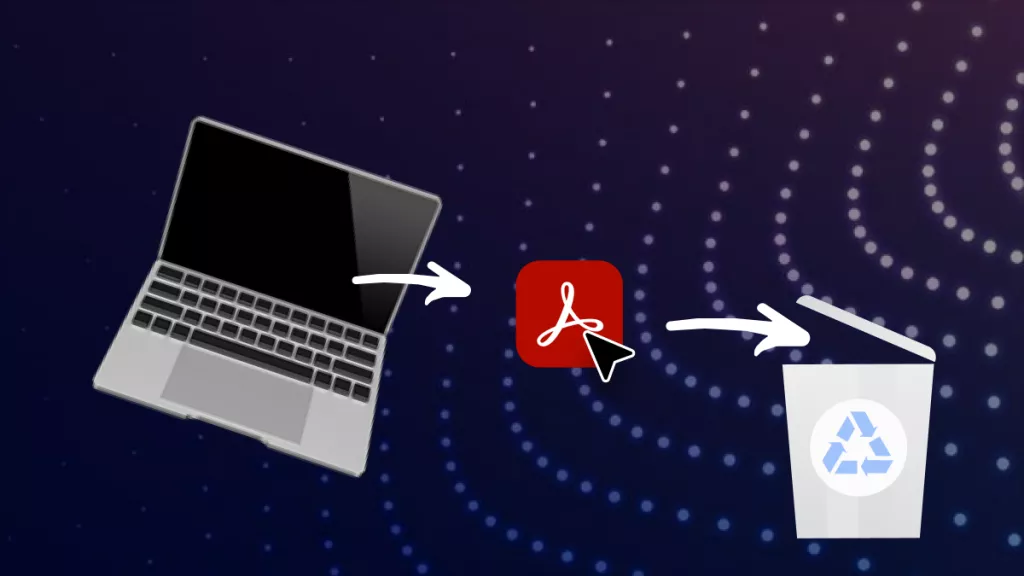


 Lizzy Lozano
Lizzy Lozano 


 Cathy Brown
Cathy Brown